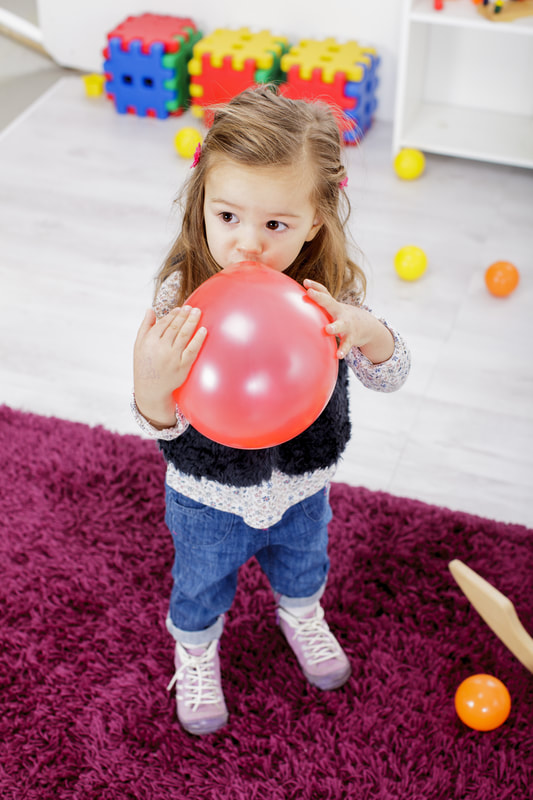Choking, Strangulation and Suffocation |
Page 17 |
Young children in their first three years of life are at greater risk of choking and suffocation. They may choke during meals or during playtime because they use their mouths to explore and experiment with unfamiliar objects. Some situations that are likely to lead to choking on food include eating while rushed, running and laughing.
In the United States, death by choking, strangulation suffocation or entrapment results in about 700 deaths each year to children and adolescents.
|
Choking and suffocation are frightening because they occur suddenly. Only six minutes without oxygen can cause brain damage in children. The signs of choking and suffocation in children are difficulty speaking or breathing, the inability to cough, wheezing sounds, clutching of throat or gesturing, a bluish face, confusion and unexplained loss of consciousness (this is a very late sign).
You can take the following steps to reduce the risk of mechanical airway obstruction:
- Learn the proper response and techniques for helping choking or suffocating infants and children.
- Foods that are round, hard, small, thick, sticky, smooth or slippery should not be offered to children younger than four years of age. For infants, foods should be cut in small pieces no longer than 1/4" cubes; for toddlers, pieces no longer than 1/2" cubes. Children should not be allowed to eat while walking, running, playing, lying down or riding in a vehicle.
- Objects smaller than 1 1/4" in diameter should not be accessible to children who put things in their mouths.
- Check toys and equipment regularly for small parts that may break off, such as eyes and noses on stuffed animals, buttons on doll clothes or plastic hats or shoes on miniature people. Remove or securely attach these items.
- Plastic bags, pins, nails and toothpicks should not be accessible to children younger than four years.
- Never use old cribs with bars more than 2 3/8" apart. Never place a crib near window blinds. Take down hanging toys from across the crib. To prevent a child from suffocation, there should be no more than two fingers in width between the side of the crib and the mattress.
- Secure or shorten window blind cords.
- Be aware of the needs and protections for children with developmental delays, swallowing or other disabilities.
Possible Choking and Suffocation Hazards
|
Toys
|
Foods
|
Objects
|



